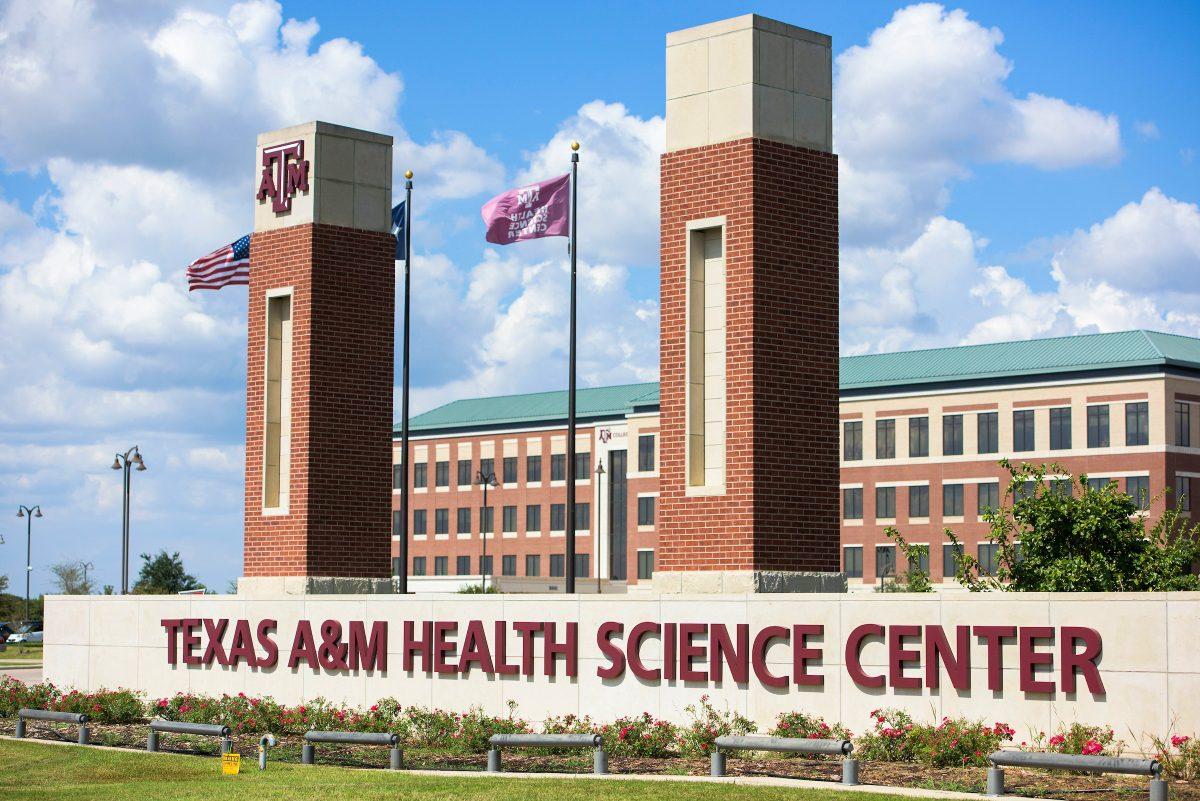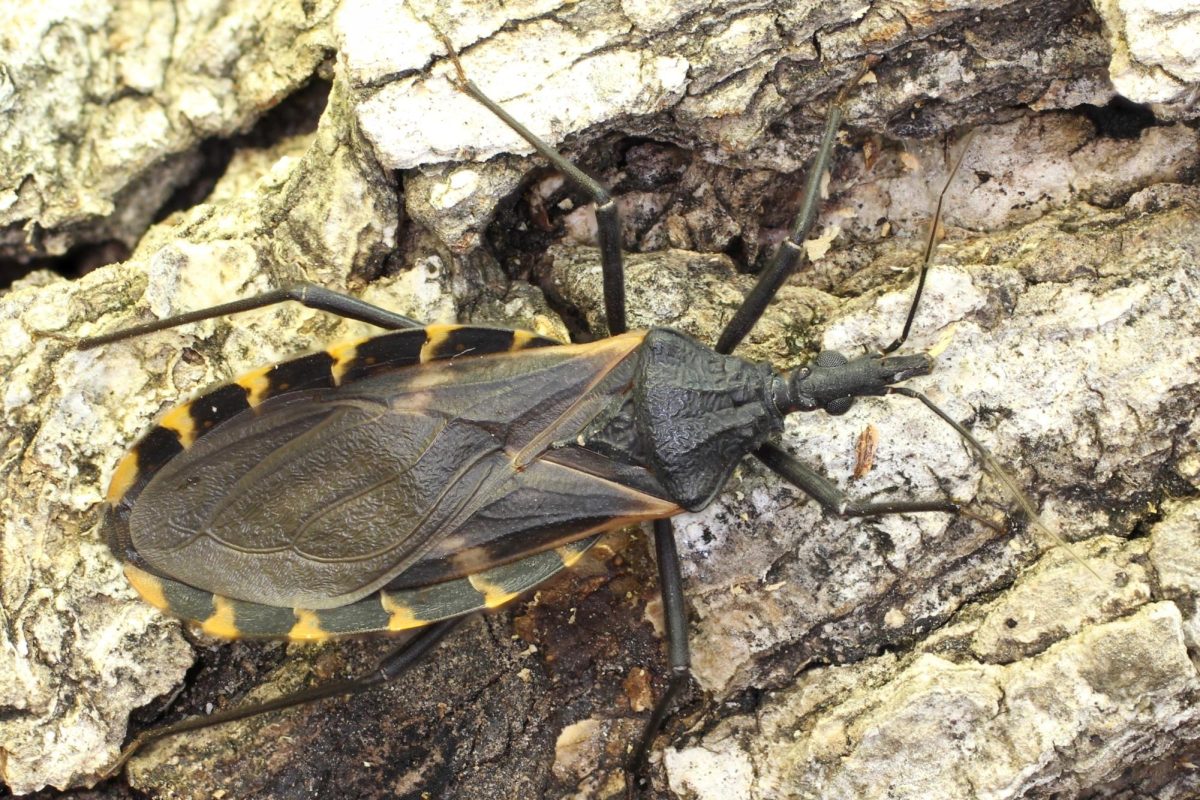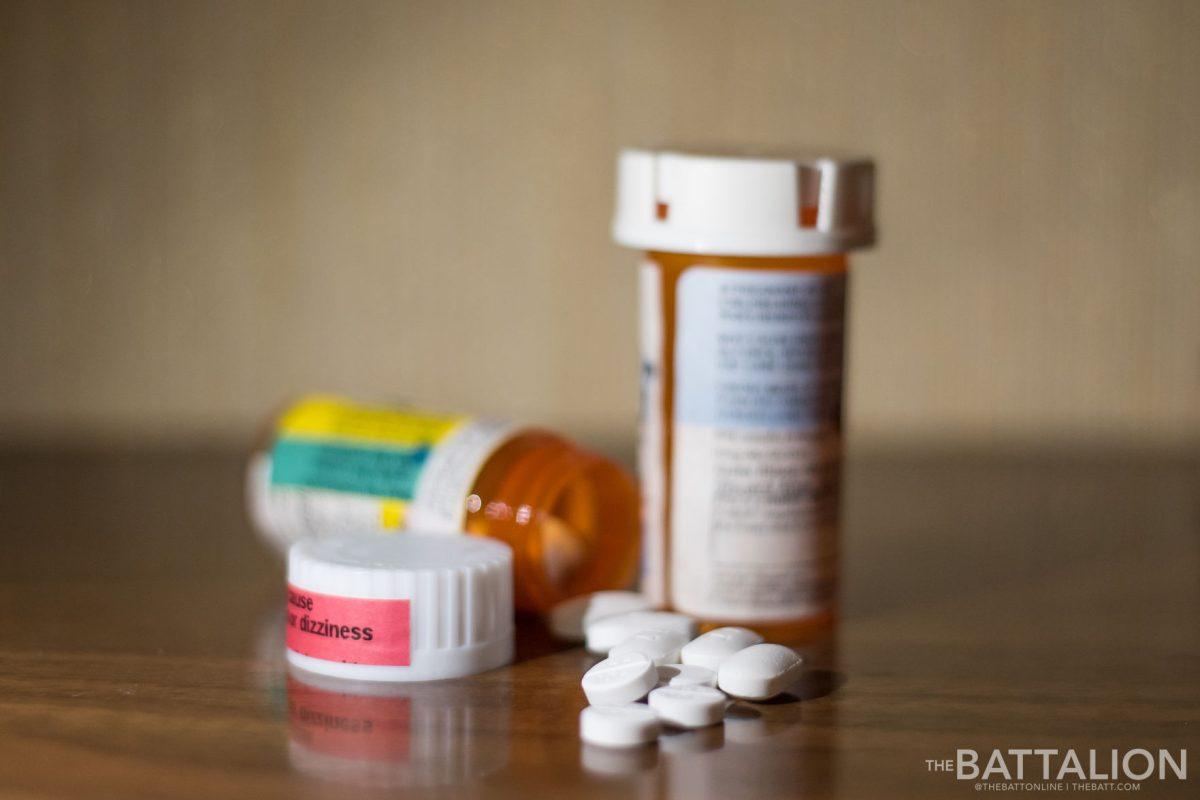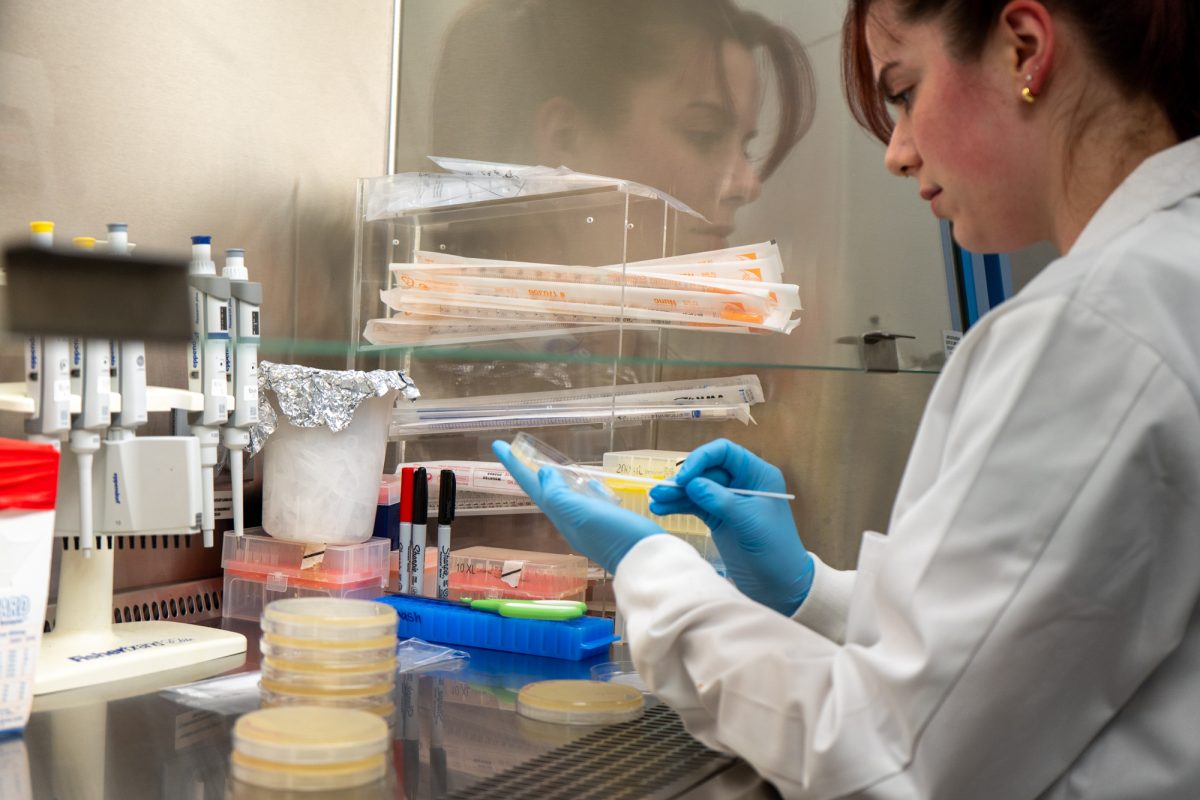Langford Architecture Building, 2 a.m.: 11 graduate students work against the clock to design a novel solution to one of the world’s pressing medical challenges. The Ebola virus has no cure, but an architecture class at Texas A&M was tasked with designing a way to help patients receive medical treatment, no matter their location.
Graduate architecture students presented designs for a rapidly deployable medical pod to local health officials and retired Air Force medical commanders Wednesday in an effort to address the African Ebola outbreak.
George Mann, studio professor and first holder of the Skaggs Professorship in Health Facilities Design, said he was pleased with the efforts his students made.
“I’ve been doing this a long time and every class is different” Mann said. “Most of the times it works very well, sometimes it doesn’t [and] this time it worked very well.”
The group was given essentially no guidelines and had no case studies to look at, which was part of the challenge.
“Basically, the only guidelines we had is the title for the project: rapidly deployable modular isolation unit for Ebola viruses and communicable disease,” said graduate student Celso Rojas. “That was essentially what we were given, so that’s why we had so many different ideas. As long as it met that title, there could be infinite ideas.”
As of right now, there is no cure or vaccine for Ebola.
“The only way to treat it as of now is to isolate the patient and isolate the virus by building these units, and the treatment now is just to keep the patient as healthy as possible, that way their immune system can fight the disease,” Rojas said.
Working without guidelines, the students did have to keep some things in mind while designing, including transportation flexible designing, including transportation flexibility, power and water self-sufficiency and cost efficiency, said graduate student Tian Wang.
Graduate student Jiyuan Li said the flexibility of the units was important because it is unknown how many patients will need the facility or whether new technology advancements could improve the project.
The students had to design their units based on their location in African countries, said graduate student Gauri Nadkami, so other things were taken into consideration, such as cultural traditions of areas in Africa where the units could be taken.
Rojas said it is important during the development process to consider everyone who will participate in the creation of the units.
“You have to go through the entire life cycle of these units — the people that are assembling it may be in the U.S. or China or Korea — how you’re going to ship it, who has to handle it,” Rojas said. “Every stage of the process is something we all really take into consideration, because that is the reality of it. If these are real projects, people have to handle it in all different stages and you have to just take that into consideration.”
The students were able to work with healthcare professionals from a variety of backgrounds. Lt. Gen. P.K. Carlton, Jr., former surgeon general of the U.S. Air Force, and Maj. Gen. Annette Sobel attended the presentation. Officials from the Brazos County Health Department also witnessed the student’s work.
“We had people coming in actually caring about what we were doing and then they take our ideas and spread it around,” Rojas said. “Dr. Carlton was meeting with U.S. congressmen, talking about our designs, showing him what we had in terms of ideas of how to contain this disease. That’s very rewarding to me to know that this doesn’t just stay inside the college, this gets out and we’re working with people who actually care about it.”
These units are not only designed for Ebola but other communicable diseases that spread quickly.
“I think that’s the important part,” Rojas said. “You can take any of these units and put them essentially anywhere — in a parking lot of H-E-B or Walmart, in the middle of a field. Get these things where they need to be quickly.”
Carlton will speak about the units on Nov. 21 during the Architecture-for-Health Lecture.
Architecture students design Ebola relief pods
September 29, 2014
0
Donate to The Battalion
$90
$2500
Contributed
Our Goal
Your donation will support the student journalists of Texas A&M University - College Station. Your contribution will allow us to purchase equipment and cover our annual website hosting costs, in addition to paying freelance staffers for their work, travel costs for coverage and more!
More to Discover








